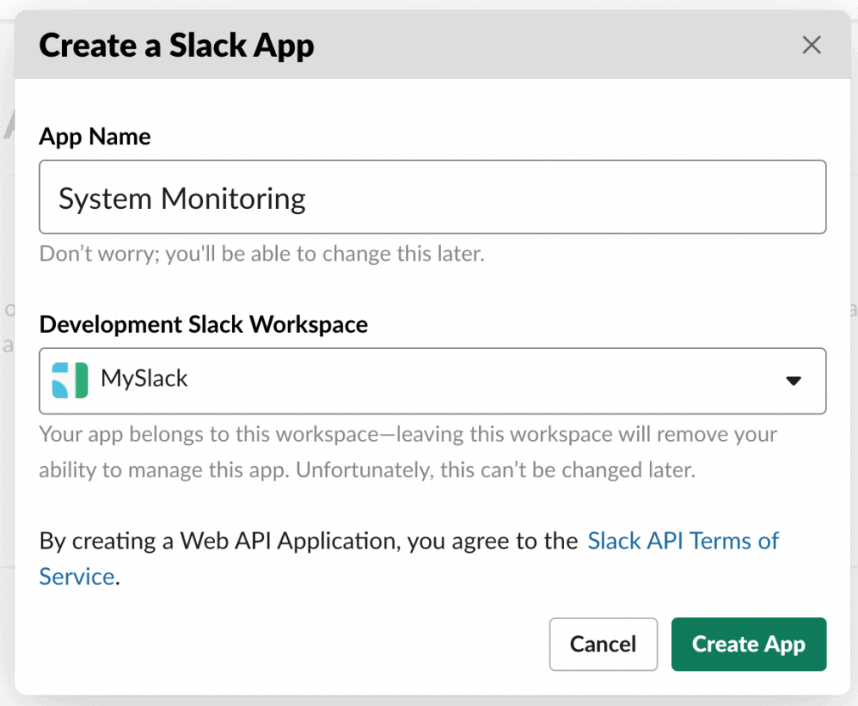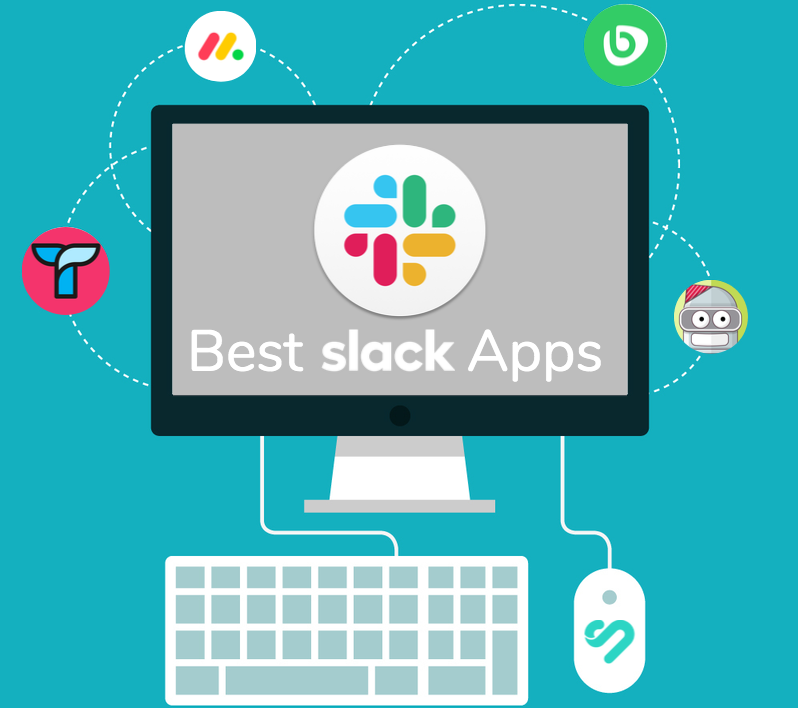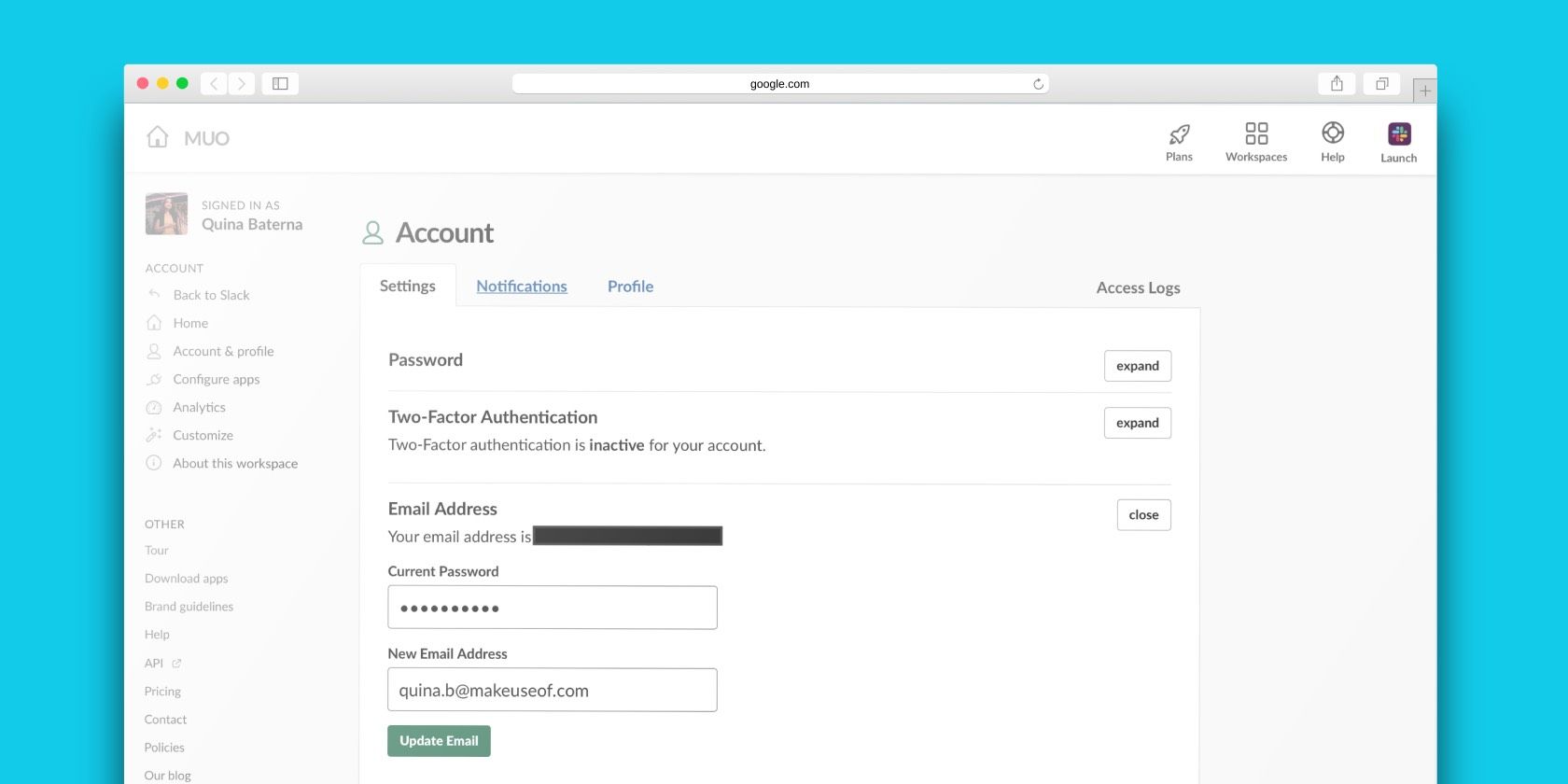


#SLACK CLIENT LOGS INSTALL#
If you use Ubuntu, you can install Slack from the Software Center itself. It has all the features that you would expect from a standard desktop client, including desktop notifications, auto-login, and options to change between teams. Slack offers an Electron app for Linux that is available in Snap, DEB, and RPM packages. The team over at Slack seems to agree on this point, and that’s why they offer a first party application for the desktop. To that, we say that there are many people who prefer using services such as Slack in a separate application window because it is more productive, easier to keep track of your conversations, and it won’t go away if you accidentally close your browser. Now, you might wonder why you would need a desktop application when you could run Slack in your browser of choice. In this article, we’ll show you several ways to install and use Slack on your Linux desktop. If you are in that group of people who use Slack for any given reason, then stay tuned. You probably use it to communicate with your colleagues like we do here at It’s FOSS. It’s a bit of an obscure way to do something that’s fairly common – I’m hopeful this will be improved once the redesign settles in :-)īack to Seq, paste in the URL, Save Changes and you’re good to go! Events will now start appearing in Slack whenever the Amount is $90 or more.Slack is one of our top messaging services for teams. Here’s where you can choose Incoming WebHooks and follow a couple of prompts to get the URL Under Something just for my team choose Make a Custom Integration The current path through the site to add a webhook is:Ĭhoose Build your Own in the top right-hand corner of the page This will take you to a Slack page which at the time of writing has just gone through a major overhaul. The easiest way to get one of these is to open the channel you’re posting to in Slack and choose + Add an app or custom integration. The last thing to set is the WebHook URL setting. The name of the signal we created earlier should now be there in a drop down to select. Give the instance a name like “Big Sales Incoming!” and un-check Only trigger the app manually.

To the right of the app name, choose Start new instance…. Enter the package name and install.Ī few seconds later the app should appear in your app list and be ready to configure. To install it into your Seq instance go to Settings, then Apps, and choose Install from NuGet. Seq plug-in apps are published on NuGet – this one has the package id. The Slack integration for Seq is developed and is maintained on GitHub by David Pfeffer. The name of the signal is important since we’ll use it to configure the Slack integration in a moment. Once we’re confident the right events are selected, the filter can be saved as a signal. To find these events in Seq, we first write the filter Amount >= 90. Here’s a twist so that we’re not overwhelmed with notifications we’ll only raise one if the value of the “sale” is above $90. If you don’t have Seq running on your development machine, install it from the Seq downloads page - just click through the installer dialog and choose “Browse Seq” at the end to view these log events. Let’s imagine we’re processing sales on a website, or reading measurements from a sensor – the same approach covers a lot of scenarios. This program generates a random integer between 1 and 100 each second, and writes this to the log as a property called Amount. In the demo app below, Serilog is configured to send events both to Seq and the local console.įirst up install some prerequisite packages:Ĭlass Program So that Slack isn’t flooded with irrelevant events, we’ll forward them to Seq first so that interesting events can be selected from the stream. The next step down the road to notification heaven, after setting up integrations for the third party apps and services you use, is to integrate your own apps into Slack.ĭoing this directly – posting to the Slack API when interesting things happen – is a bit too much coupling, but if your app writes log events these can be used to trigger notifications in Slack with very little effort. Commits, build results, deployments, incoming bug reports – Slack keeps your team informed without making everyone feel overloaded with information, which I why I think I like it so much. If your team uses Slack, it’s a great place to centralize notifications that might otherwise end up cluttering your email inbox.


 0 kommentar(er)
0 kommentar(er)
